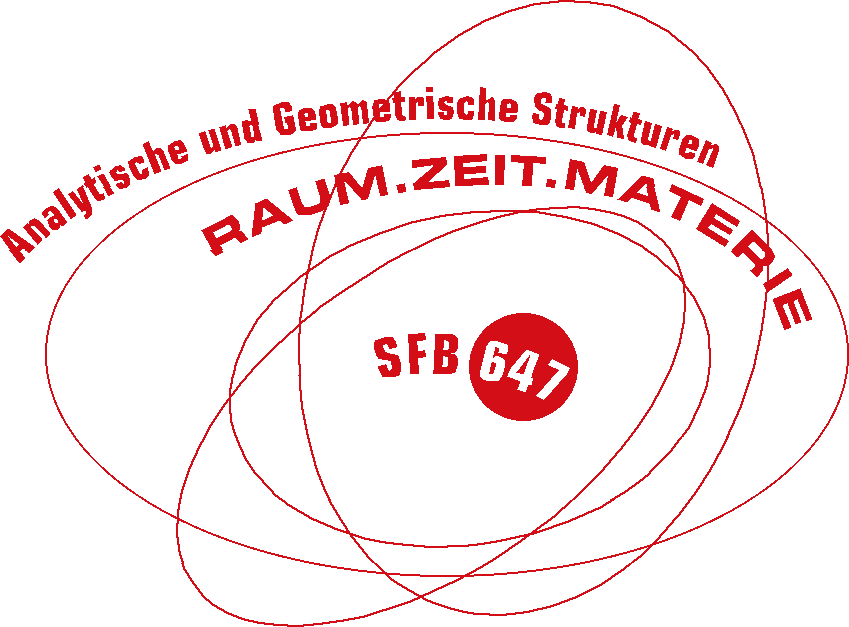Brill-Noether Day


Programme
- 12:00
- Herbert Lange (Erlangen)
- Clifford indices for vector bundles of rank 2 on curves
- This is a report on recent joint work with Peter Newstead on generalized Clifford indices. After recalling the classical Clifford index Cliff(C) of a smooth projective curve C, the Clifford index Cliff2(C) for semistable vector bundles of rank 2 will be defined. We then work out some analogous properties of Cliff2(C) which are well known for Cliff(C).
- 15:00
- Angela Ortega (Berlin)
- Rank two Brill-Noether theory and the maximal rank conjecture
- Rank two Brill-Noether Theory deals with linear series of rank 2 on a curve C, more precisely with the cycles BNC(d,k) in the moduli space of semistable rank 2 vector bundles on C of degree d, defined by the condition of admitting at least k sections. Unlike classical Brill-Noether theory, the dimension of BNC(d,k) on a general curve is not governed by the Brill Nother number.
- Related to the non-emptiness problem of BNC(d,k), Mercat's conjecture gives a uniform bound for the number of independent sections on a rank 2 vector bundle. In this talk, I will explain the link between rank 2 Brill-Noether theory and the Koszul geometry of the curve C and show how the maximal rank conjecture implies, in some cases, Mercat's conjecture. Using these ideas, we are able to prove Mercat's conjecture for a bounded genus. We also show that, for k=4, there exist Brill-Noether general curves in any genus > 11 for which Mercat's conjecture fails. This is joint work with G. Farkas.
- 16:30
- Peter Newstead (Liverpool)
- Brill-Noether theory for vector bundles with fixed determinant
- In the Brill-Noether theory of stable vector bundles, there is a natural definition of expected dimension, although this cannot always be attained when the rank is greater than 1. For fixed determinant, there is an obvious lower bound on the dimension of components given by subtracting g from the bound for variable determinant. However, for rank 2 and canonical determinant, the bound cannot be attained and there is an alternative natural definition, which is attained in most (probably all) cases. Very recently Osserman has obtained results for other determinants. The main purpose of the talk is to show that in some cases, Osserman's bounds can be attained. The natural context is that of coherent systems. This is joint work with Grzegorczyk.
- An activity of SFB 647
- "Raum-Zeit-Materie"
- www.raumzeitmaterie.de
- Organized by A. Schmitt
- Poster
- Impressum
- Venue
-
Konrad-Zuse-Zentrum
für Informationstechnik Berlin
Takustrasse 7
D-14195 Berlin-Dahlem
Germany - www.zib.de
Berlin, November 3, 2011